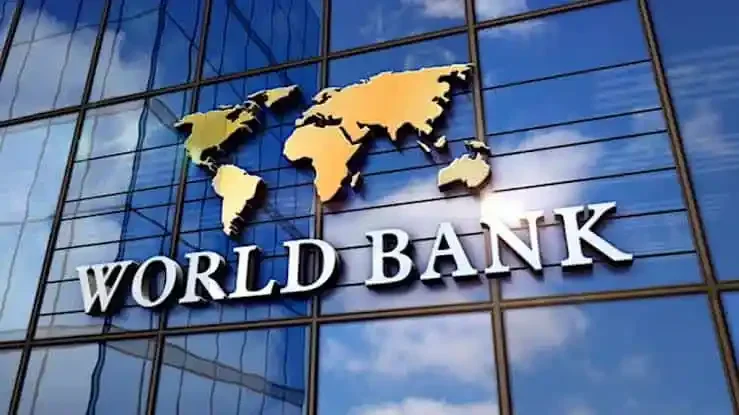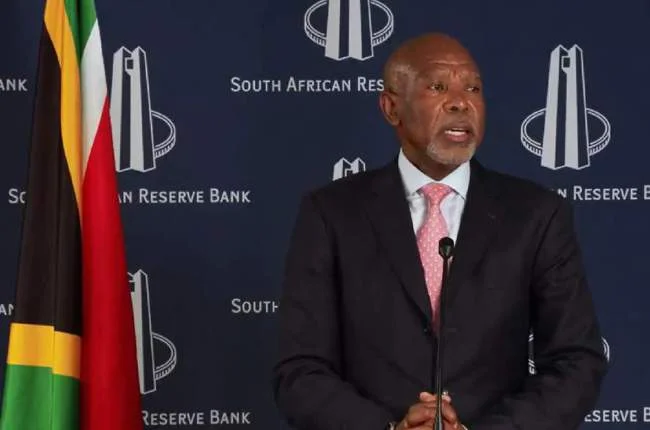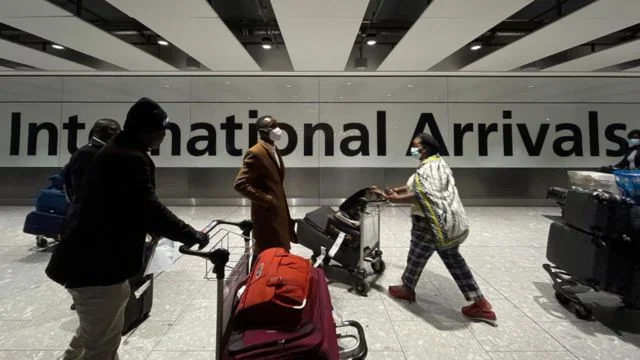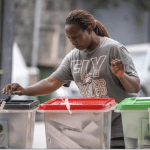Despite billions of naira allocated annually to alleviate poverty, a recent World Bank report concludes that Nigeria’s social safety-net programs are failing to reach the citizens most in need.
The November 2025 assessment, titled “The State of Social Safety Nets in Nigeria,” reveals profound issues of efficiency and coverage.
The bank disclosed that a mere 44 percent of the total funds disbursed through government-supported safety-net schemes actually benefit impoverished Nigerians.
Inefficient Targeting and Diluted Benefits
The report studied Nigeria’s spending, assessed coverage, and evaluated the efficiency of its social safety nets. It found that fragmented implementation, poor targeting, and weak funding leave millions of vulnerable citizens without meaningful relief, undermining the government’s lofty poverty-reduction goals.
Though 56 percent of the programs’ recipients are officially classified as poor, they receive only 44 percent of the total financial benefits.
The bank explained this large imbalance is structural. Most programs, including the major National Social Safety Nets Programme (NASSP), allocate a fixed sum per household, not per individual.
Consequently, large poor families often stretch the limited benefit across many members. For instance, a family of eight in a rural village may receive the identical cash transfer as a family of three in a city, despite facing far deeper hardship.
The same limited transfer amount is shared among a much larger number of people living in poorer households, diluting the intended impact.
Programs that target individuals rather than households are less affected. However, the National Home-Grown School Feeding Programme (NHGSFP), which feeds primary school pupils, reaches only children in grades one to three and does not yet have full national coverage. This limited scope further restricts the number of children who can benefit.
Minimal Impact on National Poverty
Nigeria’s investment in social protection is shockingly low. The country spends barely 0.14 percent of its Gross Domestic Product (GDP) on social protection. This figure falls far short of the global average of 1.5 percent and the Sub-Saharan African average of 1.1 percent.
The bank cautioned that this minuscule allocation has had “almost no impact” on reducing poverty. The combined effect of all existing social protection initiatives has reduced the national poverty headcount by a minimal 0.4 percentage points.
Simply put, the needle on poverty has barely moved despite multiple government intervention claims. The weak result is blamed on inadequate benefit size and poor program design.
The report did acknowledge that the NASSP cash transfer program, which uses the National Social Registry (NSR) to identify poor households, shows superior results among its direct beneficiaries.
Within this group, the program reduced poverty by 4.3 percentage points, nearly ten times more effective than all other initiatives combined. With over 85 million individuals currently listed, the NSR is the largest database in Sub-Saharan Africa. The bank views it as “a ready-made platform” for more accurate and transparent social assistance delivery.
Dependence on Foreign Aid
The World Bank also voiced concern over Nigeria’s high dependence on external donors for welfare funding. Between 2015 and 2021, official development assistance accounted for approximately 60 percent of federal spending on these safety-net programs. The World Bank itself provided over 90 percent of that donor support.
The report warned that this reliance exposes Nigeria to significant funding gaps if donor support declines. The bank stressed: “There is an urgent need for Nigeria to find fiscal space for sustainable social safety-net programming.”























